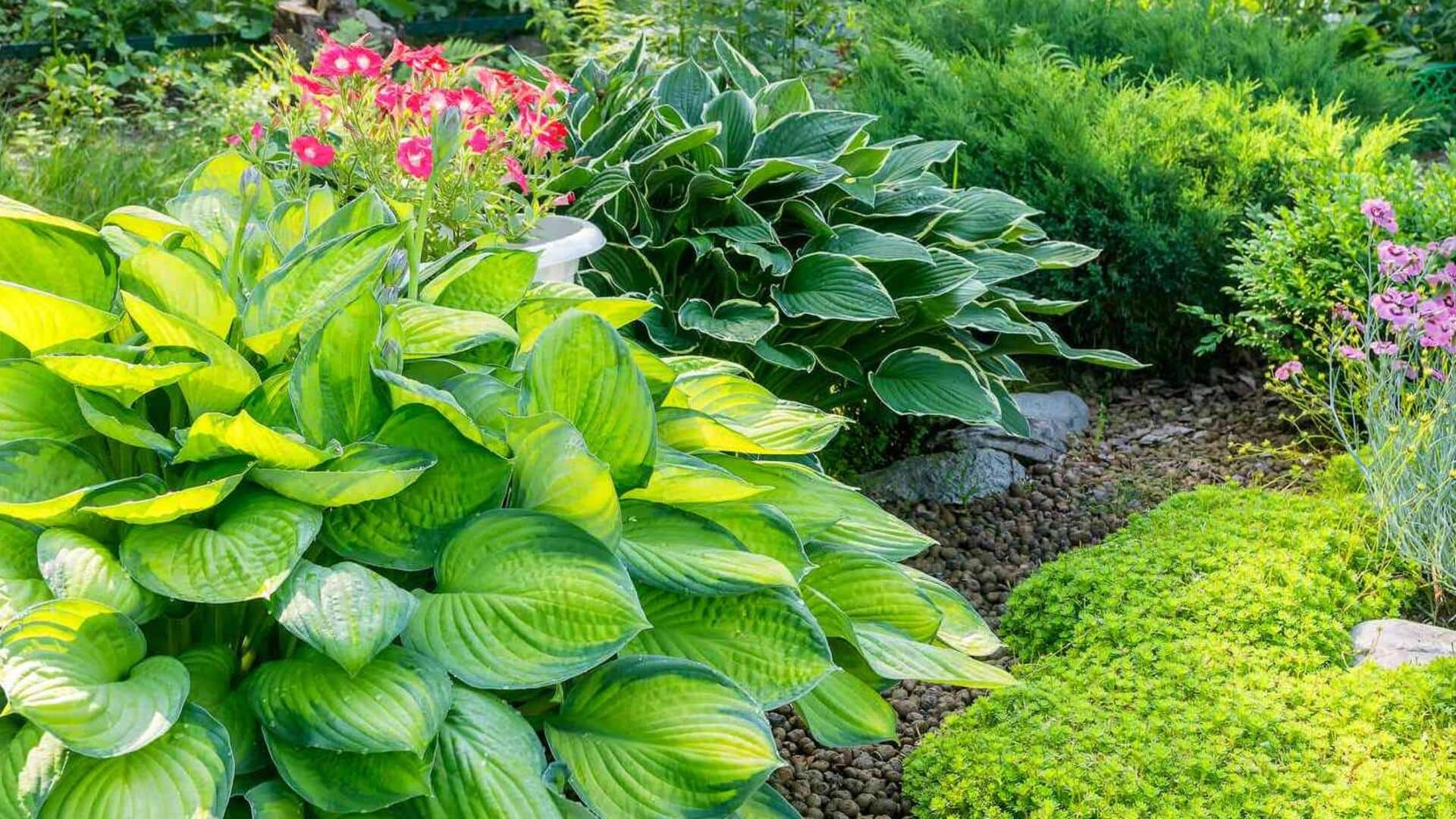
Harmonious hostas: 5 shade garden care tactics
What's the story
Hostas are a gardener's best friend when it comes to creating a serene, leafy retreat in a shade garden. These perennials thrive in cooler, shaded areas, making them perfect for those tricky spots where other plants might struggle. In this article, we'll explore five crucial care strategies to help your hostas not just survive, but truly flourish, contributing to the tranquility of your shade garden.
Location
Select the right spot
Selecting the appropriate location is vital for hosta care. These plants thrive in shaded or partially shaded areas, although they can handle morning sun. Underneath the canopy of trees is the perfect spot as they will get filtered sunlight there. Excessive direct sunlight will burn their leaves, and insufficient light will stunt their growth.
Hydration
Water wisely
Hostas require regular watering to establish a robust root system, particularly during the first two years after planting. Ensure they receive about one inch of water per week, either from rainfall or manual watering. Water hostas in the morning to allow the leaves time to dry before nightfall. Wet leaves overnight can attract fungal diseases.
Nutrition
Enrich soil regularly
To promote healthy growth, the soil around your hostas should be enriched with organic matter. This can be done by incorporating compost into the planting hole and top-dressing with compost annually, providing them with the vital nutrients they need. Plus, applying a balanced slow-release fertilizer in early spring will further stimulate strong foliage and root growth, establishing a solid foundation for the plants' health and vitality.
Mulching
Mulch for moisture and temperature control
A layer of mulch around hostas is beneficial for retaining soil moisture, suppressing weeds, and moderating soil temperature. Use an organic mulch such as shredded bark or leaf mold, applying it to a depth of two to three inches. Avoid piling mulch against the plant stems as this can promote rot.
Division
Divide every few years
To maintain the health of your hostas and avoid overcrowding, it's recommended to divide them every three to five years, either in early spring or late summer. This process involves gently lifting the plant from the ground and dividing it into smaller sections using a sharp knife or spade. Replanting these divisions not only rejuvenates older plants but also offers a cost-effective way to grow your garden collection.